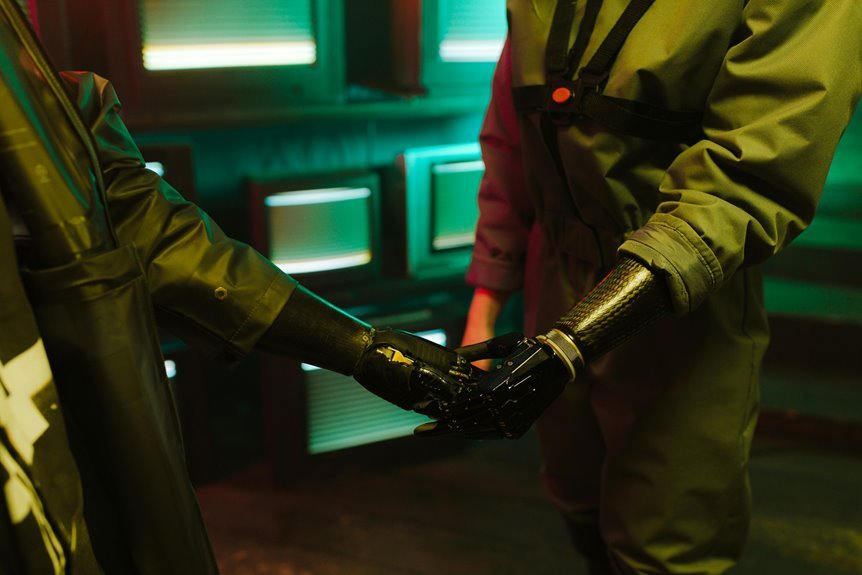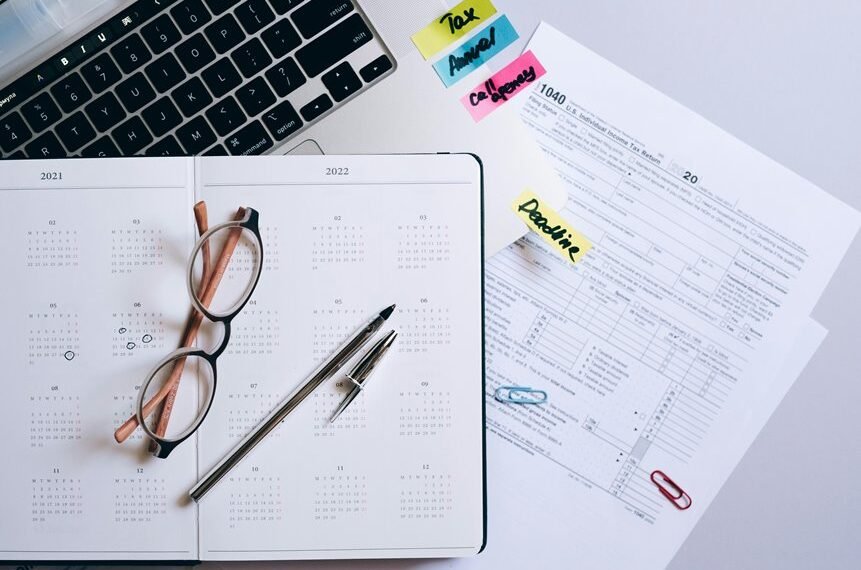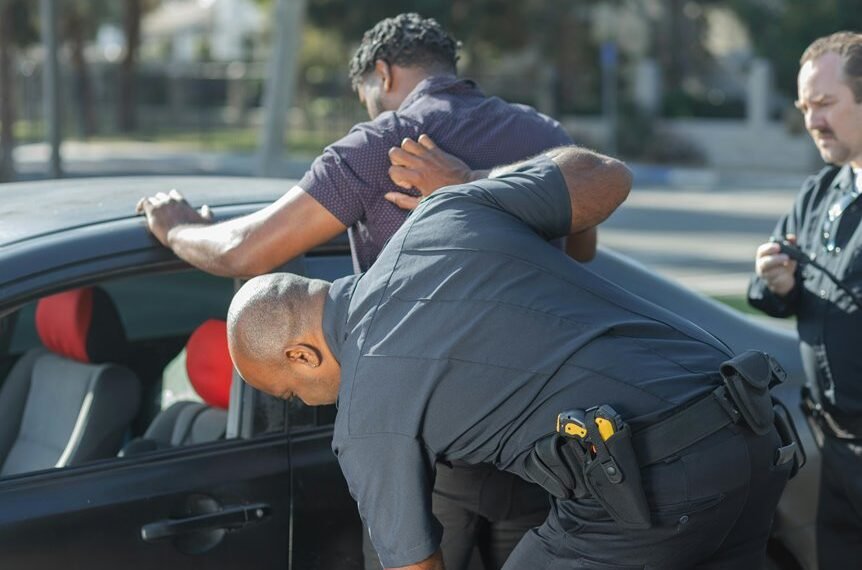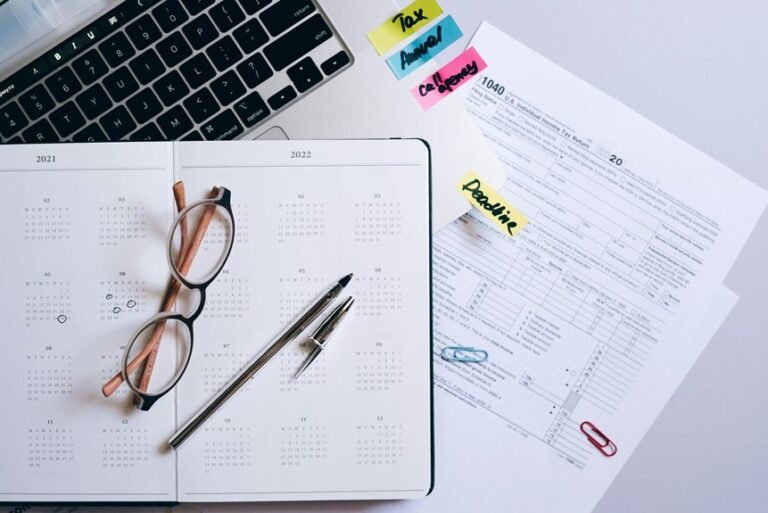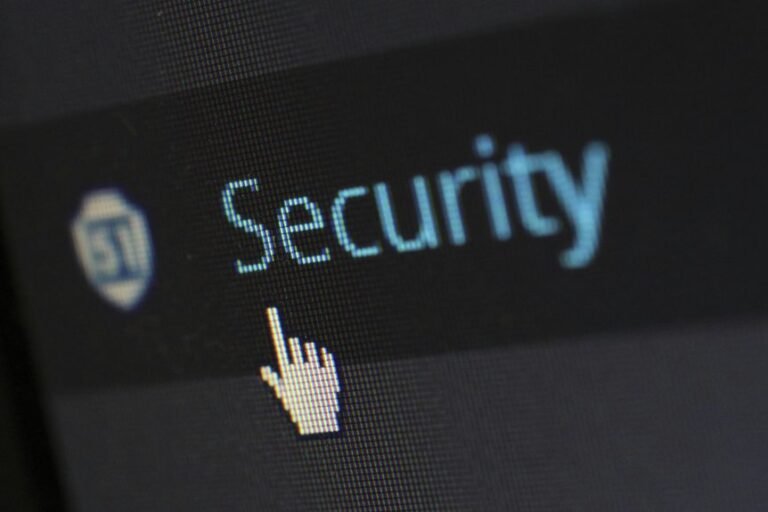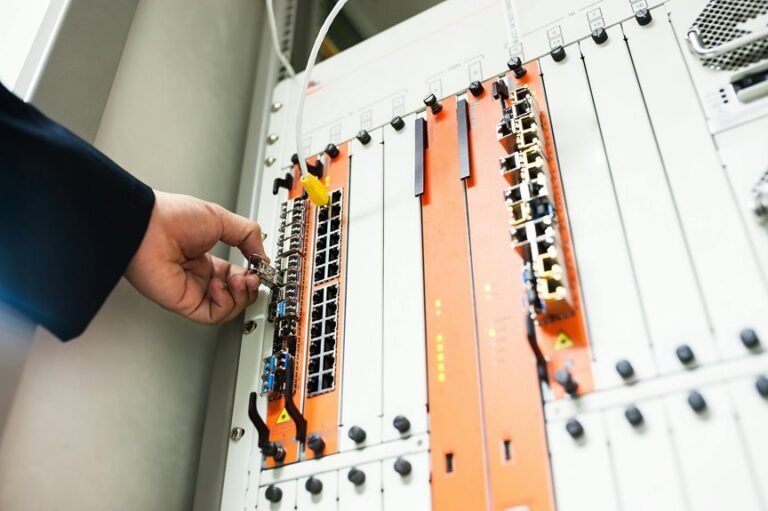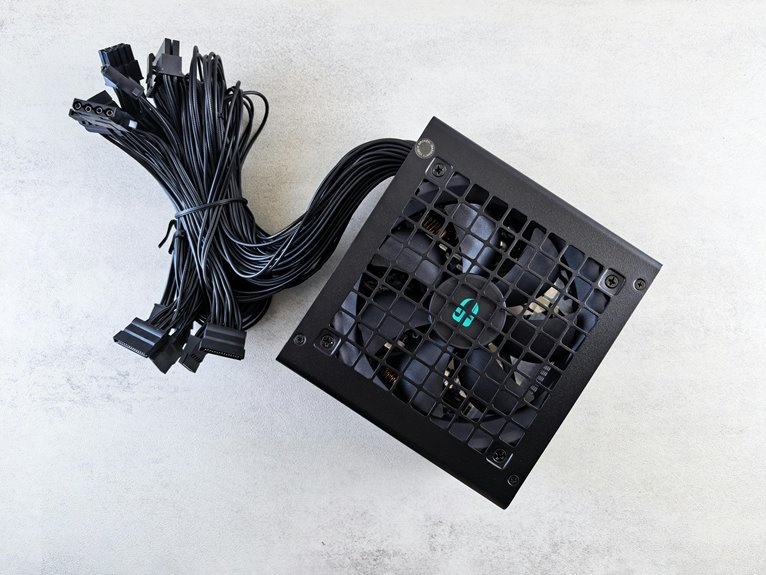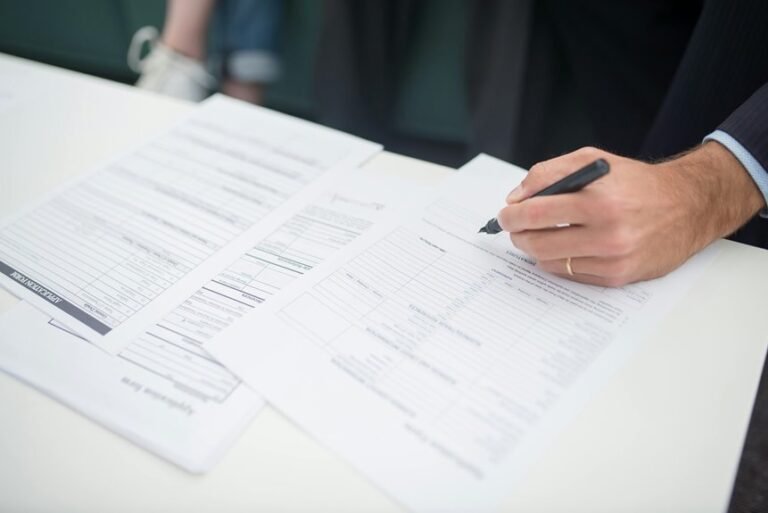As you navigate the complexities of modern communication, consider the critical role of caller verification. The Global Caller Verification Research Alliance is pioneering methods to enhance trust through advanced technologies like biometrics and machine learning. These innovations aim to combat fraudulent calls and protect user privacy. However, the implications of these advancements extend beyond mere security—what might this mean for the future of telecommunication safety?
The Need for Caller Verification in Modern Communication
As communication technology evolves, the necessity for caller verification becomes increasingly critical. You must prioritize caller identity to enhance communication security.
With rising fraudulent calls, verifying identities protects your privacy and ensures trust in interactions. By implementing robust verification methods, you can safeguard against malicious actors and maintain the integrity of your communications, allowing you the freedom to connect without fear of deception.
Key Innovations From the Global Caller Verification Research Alliance
The Global Caller Verification Research Alliance has unveiled several groundbreaking innovations aimed at enhancing caller identity verification.
These include advanced caller authentication protocols leveraging biometrics and machine learning, ensuring robust security.
Additionally, the alliance’s technology advancements facilitate real-time verification processes, allowing users to authenticate calls dynamically.
Such innovations empower individuals with greater control over their communications, fostering a safer environment in an increasingly interconnected world.
Impacts of Enhanced Caller Verification on Fraud Prevention
While fraudsters continually adapt their tactics, enhanced caller verification technologies significantly bolster defenses against identity theft and scams.
By implementing robust caller authentication methods, organizations can improve fraud detection rates, effectively distinguishing legitimate callers from potential threats.
This proactive approach not only protects consumer data but also fosters trust in communication channels, empowering users to engage confidently in an increasingly digital landscape.
Future Directions for Telecommunication Safety and Trust
Enhanced caller verification has set the stage for a broader conversation about the future of telecommunication safety and trust.
As you navigate these advancements, focus on caller authentication and the development of trust metrics.
Integrating robust technologies will empower users, ensuring their freedom while enhancing security.
Conclusion
In conclusion, the Global Caller Verification Research Alliance is paving the way for a safer communication landscape. Imagine receiving a call from an unknown number, but thanks to real-time biometric verification, you instantly know it’s your bank calling, not a scammer. Such advancements not only enhance trust but also significantly reduce fraud risk. As these technologies evolve, you’ll feel more secure in your interactions, knowing that your privacy and safety are prioritized in every call.
